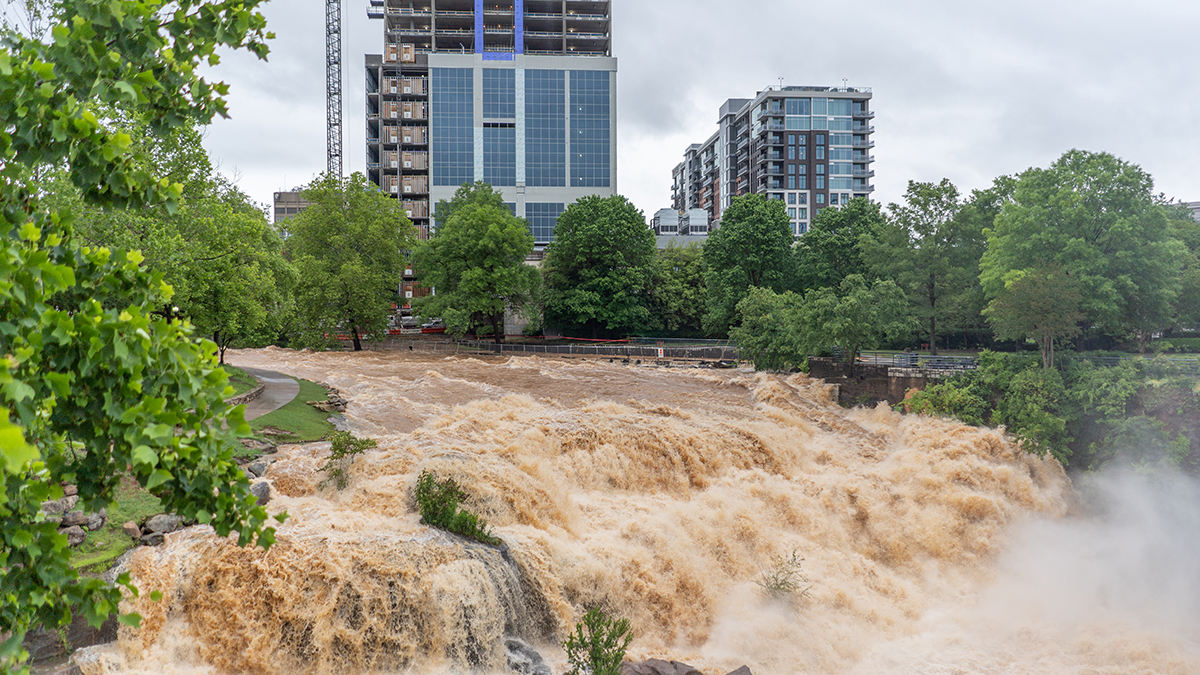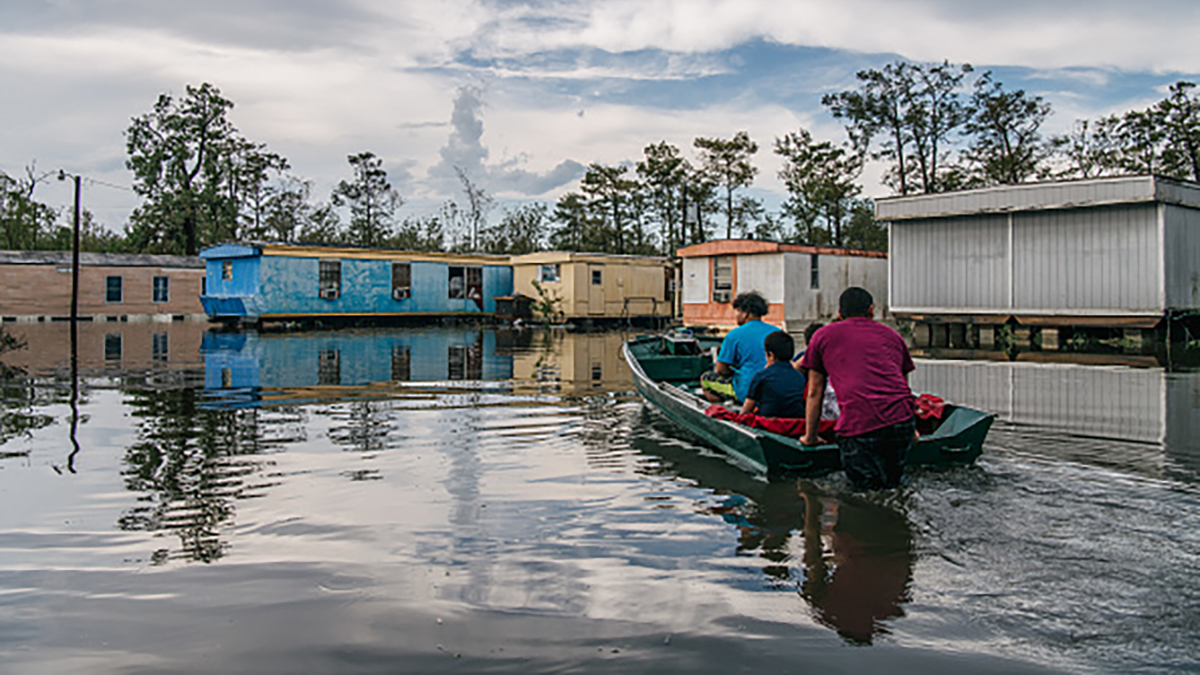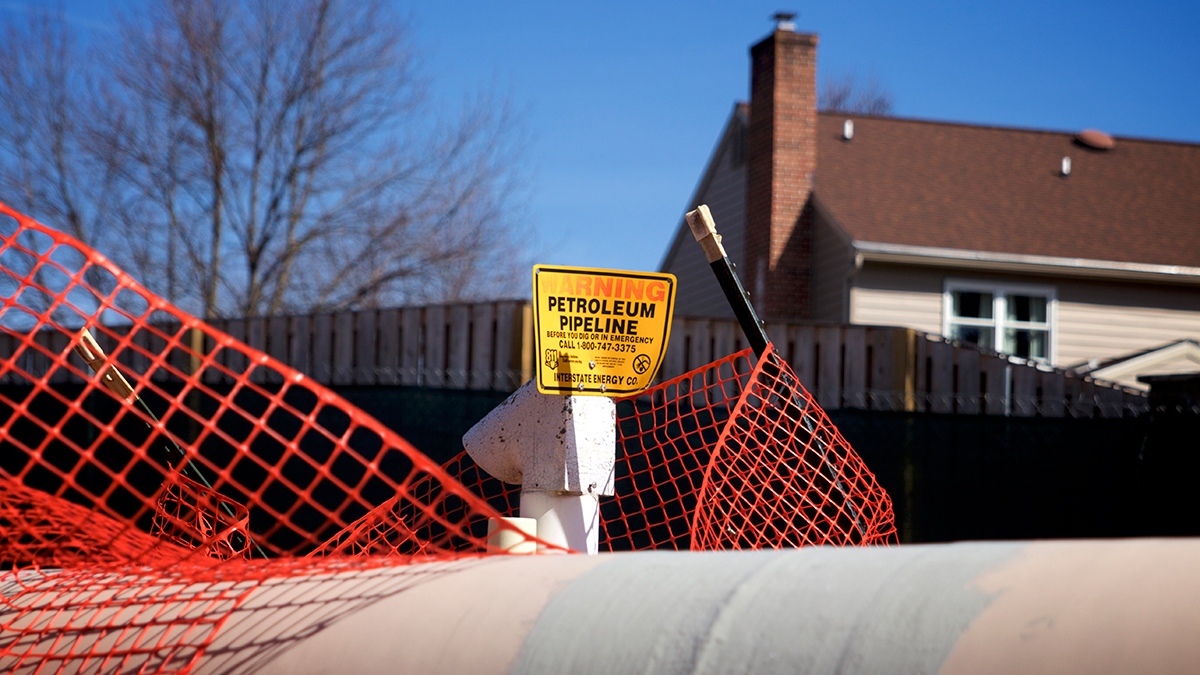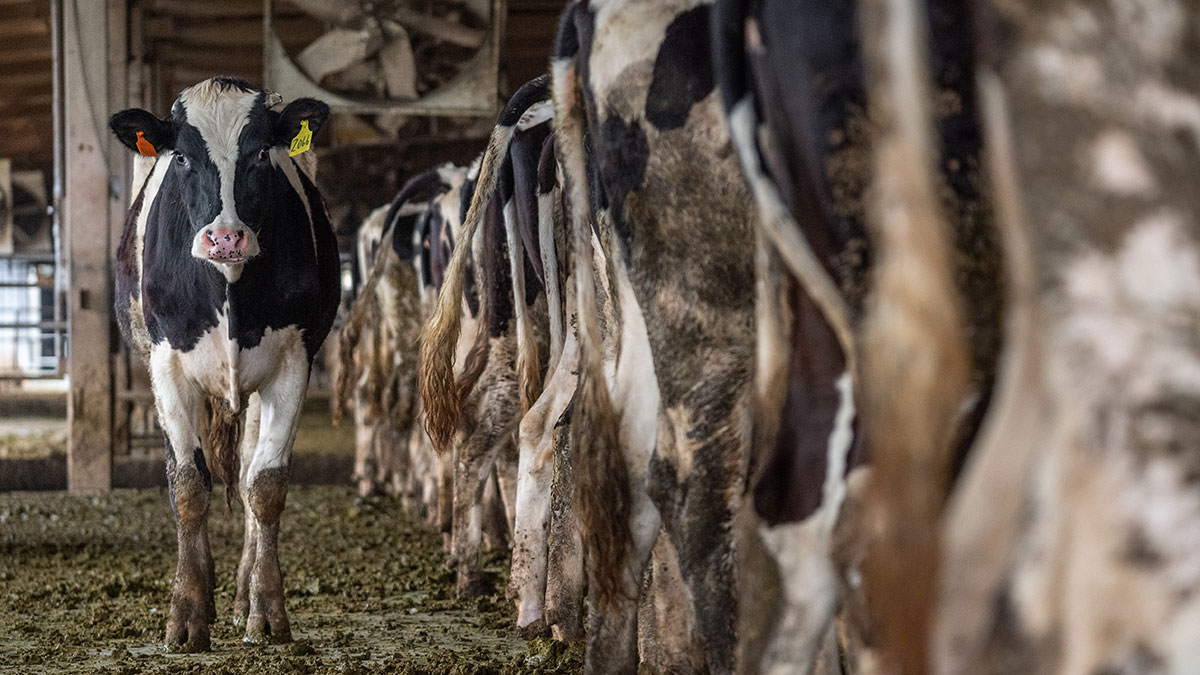The proposed rules seek to give investors more complete and standardized climate risk information. The move would bring U.S. policy closer to international standards.
United States
Hazards Scientist David Applegate Nominated for USGS Director
If confirmed, Applegate would fill a yearlong vacancy at the head of the agency.
Black Neighborhoods Will Bear Future Flood Burden
Climate change, shifting populations, and infrastructure development in risky areas compound future flood loss risk.
A Simple Model Predicts Household Lead Exposure Risk
Using both sample data and crowdsourced science, a new model effectively identified houses at risk for higher concentrations of lead.
Forest Fires Could Boost Western U.S. Water Supplies
Streamflow in the West has been below average since the early 2000s, but a new analysis shows that streams aren’t as dry as expected.
Atmospheric Rivers Spur High-Tide Floods on U.S. West Coast
Researchers analyzed 36 years of data to understand how atmospheric rivers and other factors drive chronic coastal flooding.
A Gas Pipeline Investigation Built on Community-Centered Ideas
From developing a research question to enacting solutions, environmental justice requires community engagement in every step of the scientific process.
WAMPUM: An Indigenous-Designed Path to Sea Level Rise Adaptation
Northeastern and mid-Atlantic tribal nations lived sustainably on the coastline for centuries before colonization. How can their experiences inform strategies for sea level rise adaptation?
Midwest Livestock Operations Linked to Rise in Ammonia Pollution
For the first time, scientists have linked high-density animal operations in the U.S. Midwest to rising air pollution from ammonia, suggesting need for increased regulation from the EPA.
Bright Lights, Big Cities Attract Migratory Birds
The first stopover site map for U.S. migratory birds reveals the attraction of urban light pollution.










